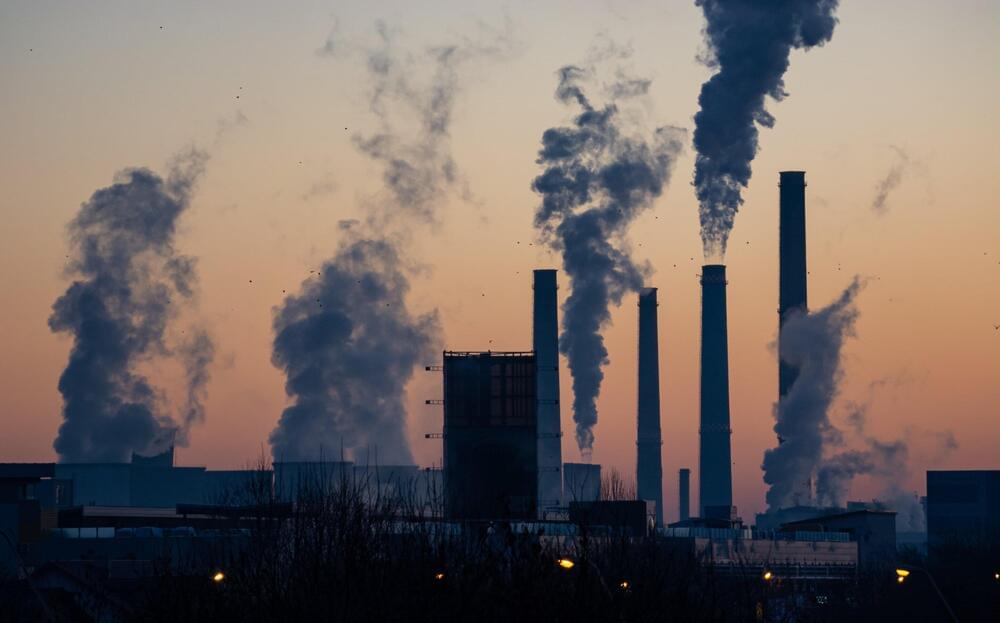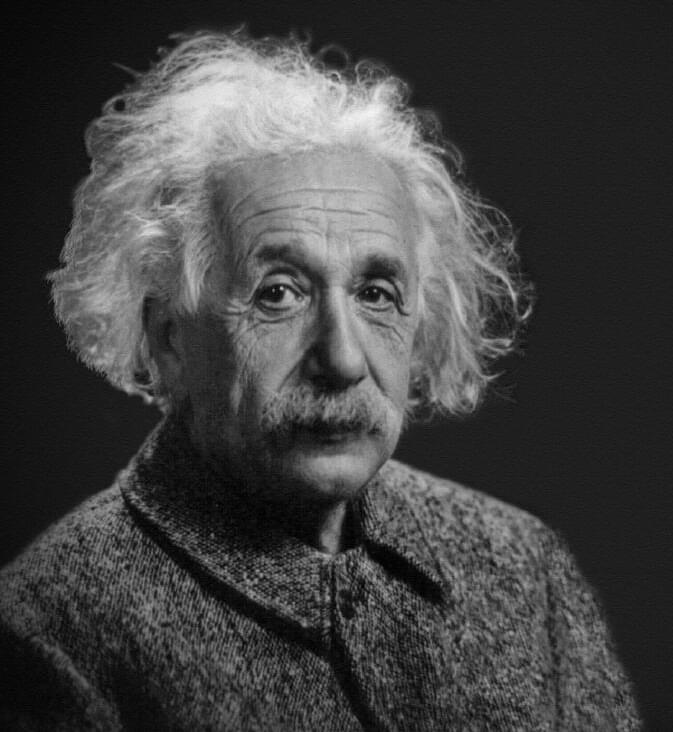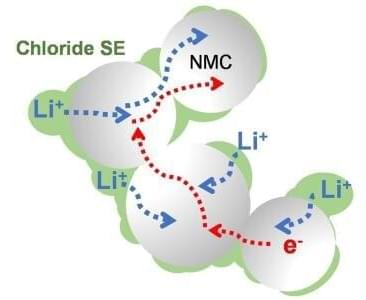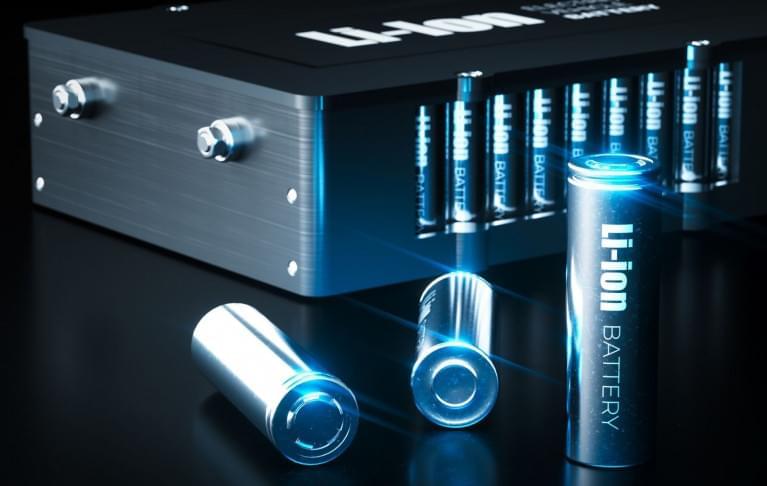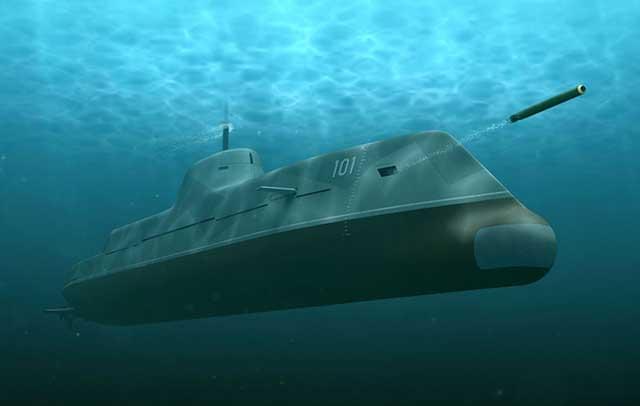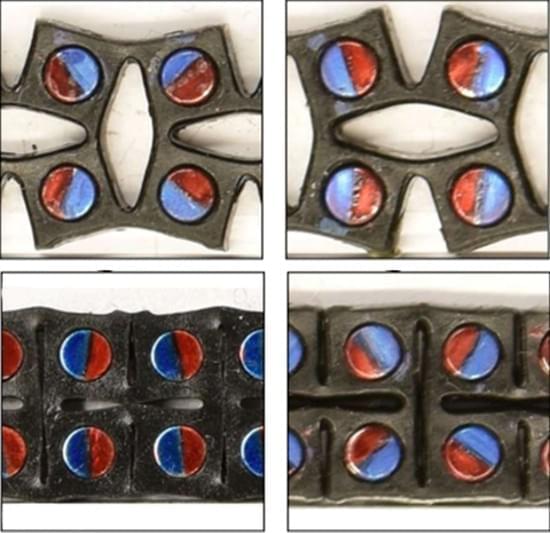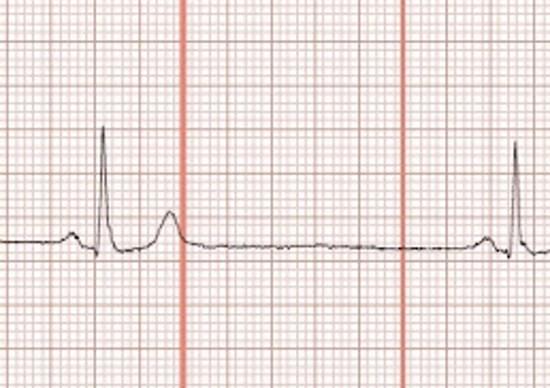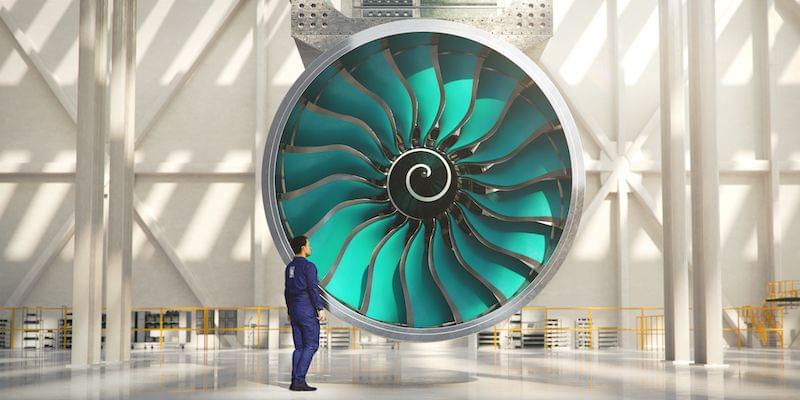Electronic components applied to implement IoT based smart farming systems, ranging from processors, sensors, signal conditioning, power management, connectivity, and positioning.
The IoT systems in smart farming have been depicted in six main sections by EET India, which are processors, sensors, signal conditioning, power management, connectivity, and positioning. Common use cases like automatic fertilization, automatic irrigation, crop management, precision farming, and livestock monitoring all can be realized through IoT systems. After sensors detect the environmental phenomena and target objects, the information will be transmitted to controlled processors through wireless connectivity. Then, the processors can collect and analyze these data, or even help farmers with further decision making.
Fig. 1 An IoT system in smart farming (Source: EET India, TECHDesign)

